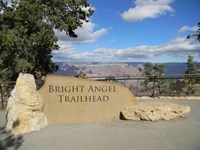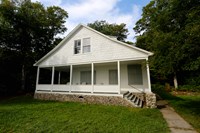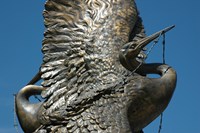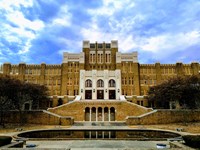- Yellowstone National Park (158)
- Golden Gate National Recreation Area (114)
- Lewis & Clark National Historic Trail (114)
- Mount Rainier National Park (92)
- Manhattan Project National Historical Park (76)
- Point Reyes National Seashore (50)
- Lowell National Historical Park (49)
- El Camino Real de los Tejas National Historic Trail (44)
- Sleeping Bear Dunes National Lakeshore (40)
- Show More ...
- Geologic Resources Division (62)
- National Center for Preservation Technology and Training (29)
- National Register of Historic Places Program (27)
- Inventory and Monitoring Division (24)
- San Francisco Bay Area Inventory & Monitoring Network (23)
- Wildland Fire Program (21)
- National Heritage Areas Program (17)
- Natural Resource Stewardship and Science Directorate (16)
- Technical Preservation Services (16)
- Show More ...
Showing 2,622 results for lower mississippi delta initiative ...
BLISS Meadows
- Type: Place

Discover BLISS Meadows, a 10-acre urban farm and land reclamation project in Northeast Baltimore. This unique space offers walking trails, farm animal interactions, and hands-on gardening workshops. Learn about sustainability, food justice, and the contributions of Black, Indigenous, and People of Color communities while enjoying fresh produce, honey, and community events. Experience nature, education, and social change in the heart of the Chesapeake Bay watershed.
- Type: Article

At Cuyahoga Valley National Park, an inventory of streams and their inhabitants is helping park managers understand and protect these vital waterways. The study revealed that most streams in the park are in good condition with minimal habitat damage. For the few streams facing challenges, conservation and restoration initiatives will help restore them to high ecological quality.
Lowndesboro Schoolhouse
Wheeler Peak Scenic Drive
Bright Angel Trailhead
- Type: Place

Bright Angel Trailhead is located just west of Bright Angel Lodge, Lookout Studio, and Kolb Studio. At 6,840 feet (2,085 m), it provides access for hikers and mules to many inner canyon destinations. From the Hermit Road Interchange shuttle bus stops, it is a short walk to the east, and up a hill, on a paved footpath to the trailhead. This spring, Bright Angel Trail below Havasupai Gardens is closed through May 15. Visit the link for details.
Wudzixeedi Gooch “Multiplying Wolf” house screen
2025 Annual Horse Population Update for Assateague Island National Seashore
- Type: Article

2025 Update! Horses at Assateague Island National Seashore are managed as a wildlife population. Regular monitoring of population dynamics is necessary to support the long-term fertility control program that was initiated in 1994 to reduce the numbers of the Maryland herd, and now, management of the population close to the goal range of 80-100 individuals.
Women's Monument Exhibit
Box Canyon
Katie Shepard Hotel
- Type: Place

This large, one-and-a-half-story, shingle-style house was constructed in 1895 or 1896 for Mrs. William Shepard and her daughter Katherine, who was popularly known on the island as "Miss Katie." The house was allegedly designed in the style of the Shepards' residence in New Orleans. A detached kitchen and dining room was located behind the house. After the Cottage Row dining room closed around 1900, Katie Shepard converted her cottage into a summer hotel.
North Kaibab Trail
- Type: Place

North Kaibab Trail is the least visited and most difficult of the major inner canyon corridor trails. It is challenging for day hikers as well as rim-to-rim hikers. Water at the North Kaibab TRAILHEAD water has been shut off for the winter and is expected to be turned back on May 15, when the roads open. Always carry a way to filter or treat creek water, in the event the water stations at Manzanita and Cottonwood Campground are not working.
Japanese American Memorial to Patriotism During World War II
Little Rock Central High School
Manhattan Project Scientists: Louis Alexander Slotin
Manhattan Project Scientists: Enrico Fermi
- Type: Person
Manhattan Project Scientists: J. Robert Oppenheimer
- Type: Person

Often referred to as the "father of the atomic bomb", physicist J. Robert Oppenheimer directed atomic bomb development at Los Alamos during the Manhattan Project. The top-secret work at Los Alamos culminated in Trinity, the world's first successful nuclear test on July 16, 1945. Learn more about Oppenheimer's role in developing the atomic bomb at the link.













